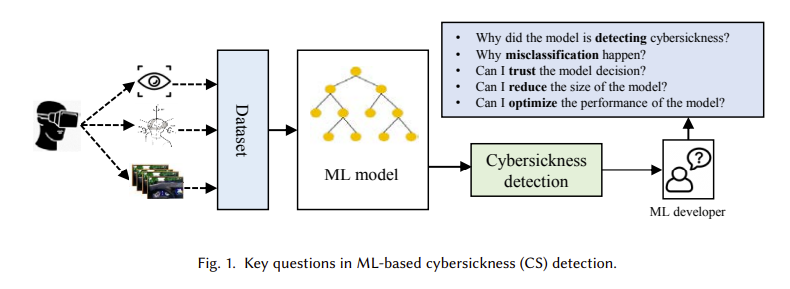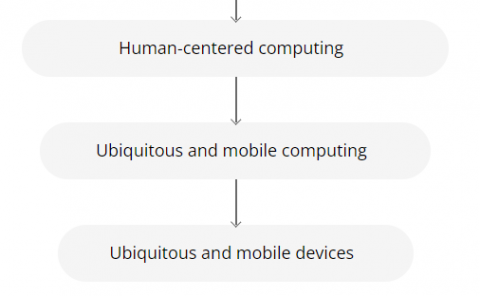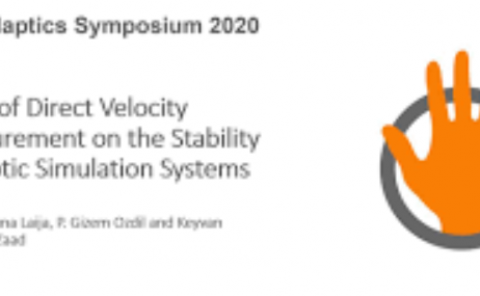VR-LENS: Super Learning-based Cybersickness Detection and Explainable AI-Guided Deployment in Virtual Reality
PubDate: Feb 2023
Teams: University of Missouri-Columbia
Writers: Ripan Kumar Kundu, Osama Yahia Elsaid, Prasad Calyam, Khaza Anuarul Hoque

Abstract
A plethora of recent research has proposed several automated methods based on machine learning (ML) and deep learning (DL) to detect cybersickness in Virtual reality (VR). However, these detection methods are perceived as computationally intensive and black-box methods. Thus, those techniques are neither trustworthy nor practical for deploying on standalone VR head-mounted displays (HMDs). This work presents an explainable artificial intelligence (XAI)-based framework VR-LENS for developing cybersickness detection ML models, explaining them, reducing their size, and deploying them in a Qualcomm Snapdragon 750G processor-based Samsung A52 device. Specifically, we first develop a novel super learning-based ensemble ML model for cybersickness detection. Next, we employ a post-hoc explanation method, such as SHapley Additive exPlanations (SHAP), Morris Sensitivity Analysis (MSA), Local Interpretable Model-Agnostic Explanations (LIME), and Partial Dependence Plot (PDP) to explain the expected results and identify the most dominant features. The super learner cybersickness model is then retrained using the identified dominant features. Our proposed method identified eye tracking, player position, and galvanic skin/heart rate response as the most dominant features for the integrated sensor, gameplay, and bio-physiological datasets. We also show that the proposed XAI-guided feature reduction significantly reduces the model training and inference time by 1.91X and 2.15X while maintaining baseline accuracy. For instance, using the integrated sensor dataset, our reduced super learner model outperforms the state-of-the-art works by classifying cybersickness into 4 classes (none, low, medium, and high) with an accuracy of 96% and regressing (FMS 1-10) with a Root Mean Square Error (RMSE) of 0.03.


